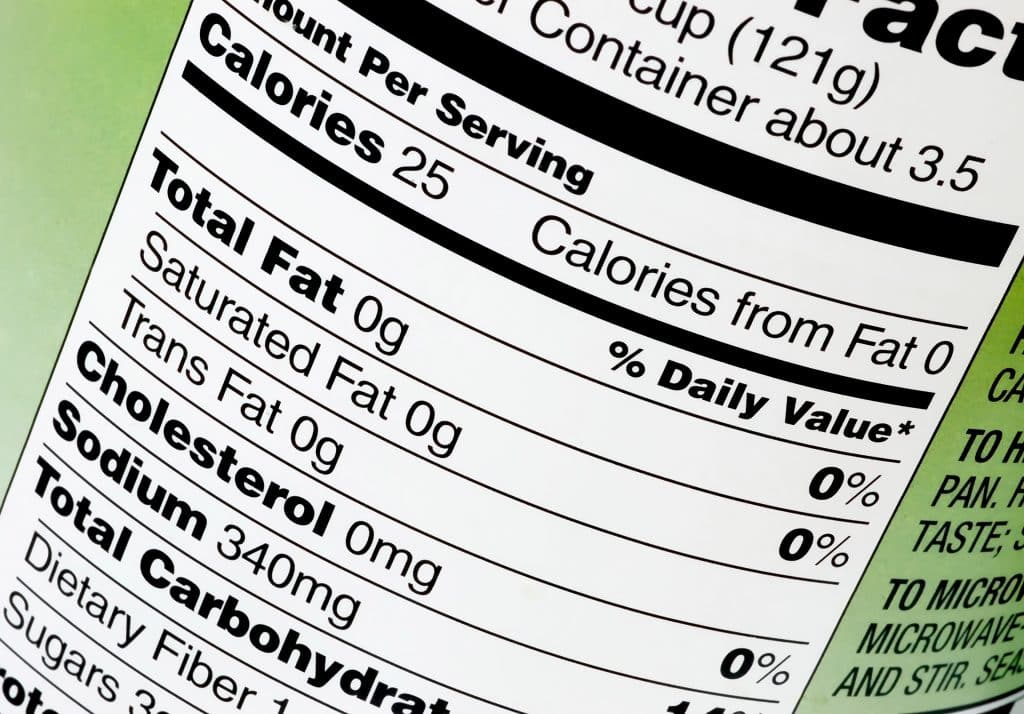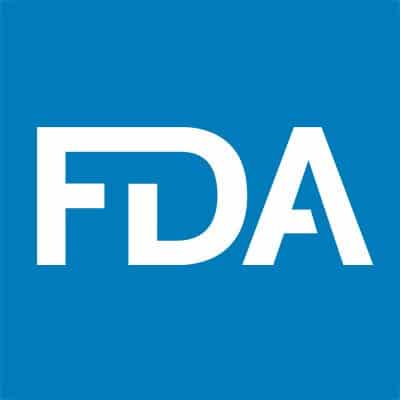In the U.S., information about the amount of dietary fiber per serving appears in the Nutrition Facts Panel (on the side or back of packaging) unless the product contains less than one gram of fiber and no fiber claims are made.
In the U.S. products that contain at least 10% of the daily value or 2.5 grams of fiber per serving can claim they are a “good source of fiber” and those containing at least 20% of the daily value of fiber or 5 grams or more of fiber per serving can label the product with a high fiber claim.
In Europe, the product must contain at least 3 g of fiber per 100 g of a product or at least 1.5 g of fiber per 100 calories to qualify for a “source of fiber” claim. To be a “high-fiber” food, the product must contain at least 6 g of fiber per 100 g of a product or at least 3 g of fiber per 100 calories.




